Automobiles
[TESLA OPENING] Tesla expresses disappointment at Korea’s subsidy rule, pins hope on market
[THE INVESTOR] A Tesla executive expressed disappointment on March 15 at South Korean government’s strict EV subsidy rule that blocks generous incentives for Model S sedan, while hoping for its upcoming vehicles to receive the benefits.
“We worked really hard to make it happen. We are a bit disappointed for the customers, but I think it was more important for us to launch (the stores) as early as we could,” Nicolas Villeger, Tesla vice president of North Asia and Southeast Asia, told The Investor at an event to mark the automaker’s debut in the country.
US iconic EV maker opened its first showroom at Starfield Hanam shopping mall in Hanam, a city located just east of Seoul. The second store will open on March 17 in Cheongdam-dong, Gangnam district.
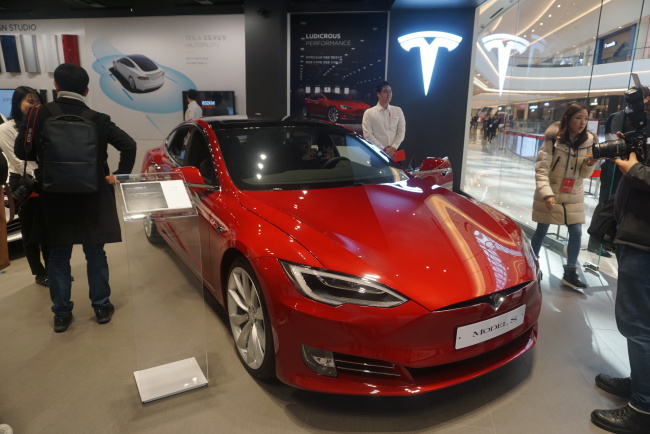 |
Ahn Sung-mi/The Investor |
At the moment, only the Model S 90D -- the first and only Tesla model to receive government certification -- is available for sale here.
The automaker said it plans to expand its lineup of other models, including other trim levels for the model S by this year, as well as Model X SUV and more economic Model 3 in the future.
Model S 90D, the EV that starts at a hefty price tag of 121 million won (US$105,479), however failed to meet the requirements for government subsidy of up to 22 million won.
In order to be eligible for the generous incentives, an EV has to be fully charged in less than 10 hours with a 7 kilowatt-hour low-speed charger. But Tesla Model S, with a range of 378 kilometer, takes at least 13 hours to fully charge its 70 kilowatt-hour or 90 kilowatt-hour battery equipped cars. Under the same rule, long-range Tesla Model X also fails to meet the incentives requirement.
Villeger said he has been meeting Environment Ministry officials during his visits, hoping that they tweak the regulations that will benefit its long-range EVs.
 |
Ahn Sung-mi/The Investor |
“I hear (the Environment Ministry) is trying hard to modify the rules,” Villeger said. “The EV market needs to support longer range cars. That’s what people wants to buy. They want to buy longer-range vehicles and we are trying to explain the subsidy system should also support them. People want to drive not only city cars but vehicles that can travel longer, cars that can travel (from Seoul) to Busan.”
“When the government starts seeing that there is customer demand for longer-range cars, they will gradually evolve. That’s what we hope. Not only for Tesla, but for everyone. The future of electric is longer-range cars.”
Tesla’s Korean debut came after several months of delay, as the authorization process for the vehicles took time.
“It was very important that we clear all the authorization procedures, that the customers really understand that the car is fully certified and legal in Korea,” Villeger said. “For us, trust is very important. So we took the time it takes to have all the authorization and to be transparent. Then, we didn’t want to push back (the opening) date because of the subsidy (issue).
On entering the Korean market, Tesla believes its main focus is to expand charging infrastructure across the nation, in cooperation with retail giant Shinsegae Group.
“Our priority is expanding charging infrastructure. We already have two (superchargers) that we will have in Seoul,” said Villeger, adding the automaker plans to establish its charging network across the country soon.
Tesla, teaming up with Shinsegae, said it will install six to seven Tesla’s high-speed supercharger stations across the country by end of this year, along with 25 lower-speed destination chargers.
By Ahn Sung-mi (sahn@heraldcorp.com)


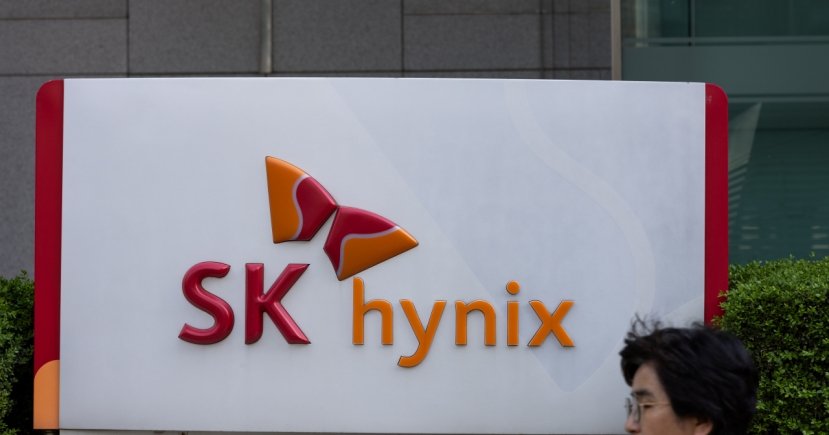
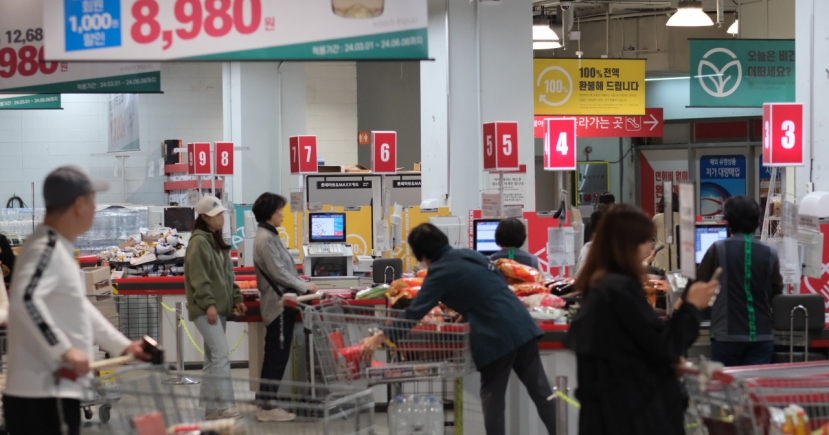
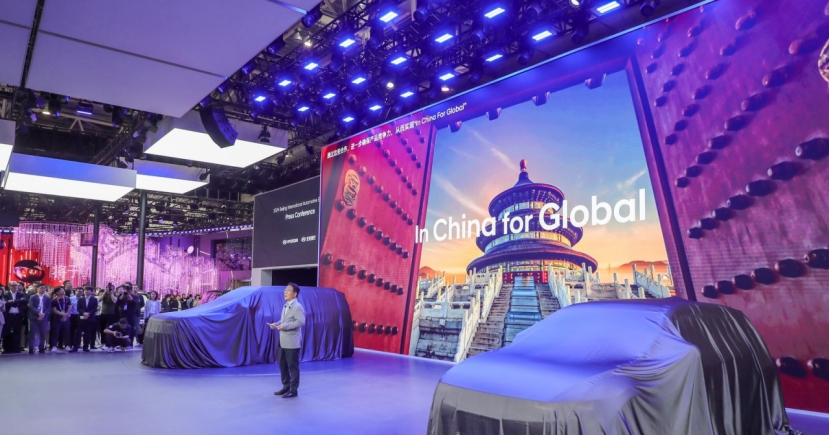
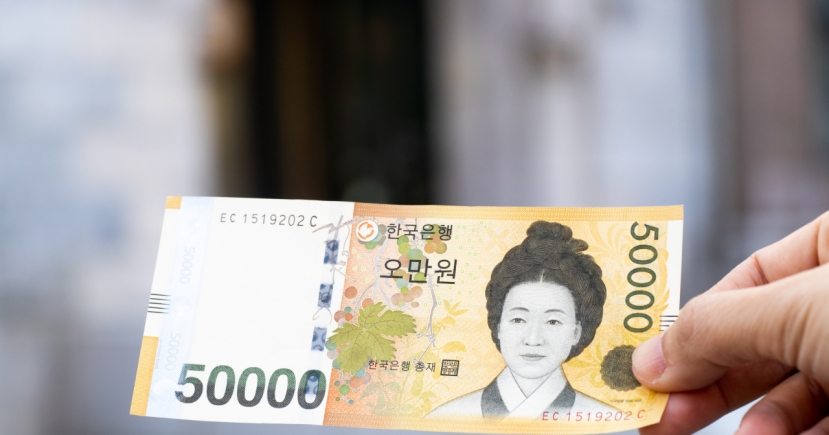
![[KH Explains] Korean shipbuilding stocks rally: Real growth or bubble?](http://res.heraldm.com/phpwas/restmb_idxmake.php?idx=151&simg=/content/image/2024/04/25/20240425050656_0.jpg)
![[Hello India] Hyundai Motor vows to boost 'clean mobility' in India](http://res.heraldm.com/phpwas/restmb_idxmake.php?idx=151&simg=/content/image/2024/04/25/20240425050672_0.jpg)
